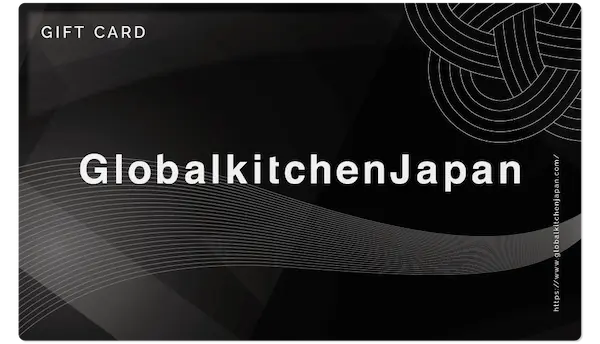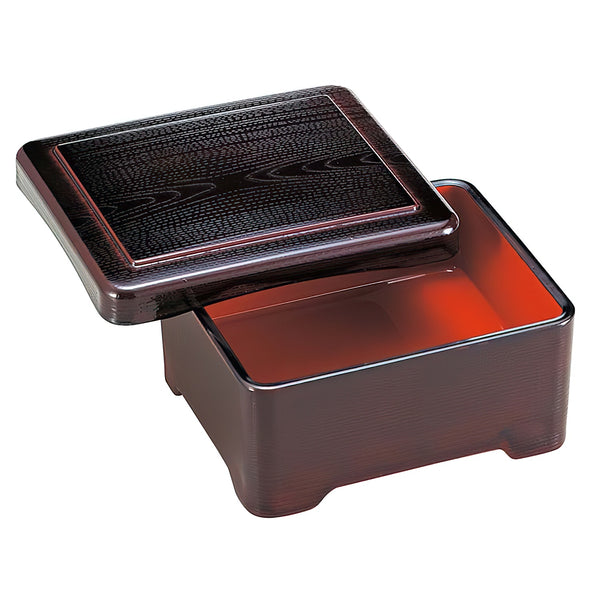The products we used:

Wakaizumi Shikki Heat-Resistant ABS Resin Wood Grain Soup Bowl 9.3cm
Click here for the product pageThe Day of the Ox
"Doyo no Ushi no Hi" in English is translated as "Day of the Ox during Doyo." It is a traditional event observed in Japan.
Doyo refers to the 18-day period that occurs four times a year, marking the seasonal transitions. These four Doyo periods correspond to the changes from winter to spring, spring to summer, summer to autumn, and autumn to winter. Each Doyo period holds cultural significance and is associated with specific traditions and practices.
During the Day of the Ox, which falls within the Doyo period, people in Japan often consume unagi. "Unagi" is Japanese for eel.
Why eel?
Eating eel on the Day of the Ox is believed to provide stamina and vitality to endure the summer heat. While it is known particularly for its omega-3 fatty acid content, it also is high in vitamins A and B.
While eel was known to help counter-act the draining effects of the summer heat 1,200 years ago in the Nara period, the tradition of eating eel during the summer months can be traced back to the Edo period (1603-1868). Since then, it has become a popular tradition to enjoy dishes such as grilled eel over rice, called "unadon", or "unaju," either at restaurants or by cooking at home.
Unadon vs. Unaju: What's the difference?

Pictured above you can see a typical unaju. Both "unadon" and "unaju" involve cooked eel placed on rice. The only difference is that "unadon" is served in a round bowl while "unaju" is served in a square dish. The square dish allows more eel to be placed on the rice. It's more expensive, but if you want more stamina and vitality, unaju is what you want.
Other Seasonal Foods

Unagi is the trademark food of the Day of the Ox, but there are some other foods that often accompany it.
- Sansho (pictured above), Japanese prickly ash, a kind of spice that eel is sometimes flavored with.
- Freshwater clams
- Eel-stuffed tamagoyaki
- Mochi
and my personal favorite
- Various other foods that begin with "u", such as udon (a kind of thick noodle), umeboshi (pickled plums), or ushi-niku (beef!).
Staying Energized During Summer
Before coming to Japan, I had never heard of people eating eel. Yet, eel is among the more expensive kinds of seafoods. Many consider it a luxury. My family doesn't eat too much seafood, but when we get eel as a gift, my wife gets excited. While the meat tastes good, it usually has a lot of bones mixed in it. You'll want to eat it slowly with chopsticks.
However, don't let that stop you from giving it a go this summer. If you develop a taste for eel and want to prepare your own unaju at home, Globalkitchen Japan will be waiting.
The products we used:

Wakaizumi Shikki Heat-Resistant ABS Resin Wood Grain Soup Bowl 9.3cm
Click here for the product page




